Behold, the short-lived Pontiac Fiero—made from 1984 to 1988.
Most Fiero fans will tell you that the car’s brief time in Pontiac showrooms was the result of its unrealized potential.
Why? They’ll probably say GM neutered its performance out of fear that it would cannibalize Corvette sales
We can think of maybe one other car that met with such an ignominious end.
Perhaps what’s most disappointing about the Fiero’s short production run was that the car looked so good on paper.
A lightweight, two-door coupe with a V6 nestled behind the driver—and styling on-par with anything coming out of the Maranello factory.
That’s why we felt obligated to snap some pics when this one rolled into the Summit Racing retail store lot.
We consulted Scott Swisher, OnAllCylinders’ guru of all-things Fiero, on what makes today’s Lot Shots feature so cool.
According to Swisher, this is a 1985 model, because it was the first year for the GT and it was only available as a coupe for one year. In ’86 the GT body style became the SE model and by mid-year Pontiac introduced the fastback body.
The 1985 Fiero GT featured bodywork lifted from the 1984 Indy Pace Car version.
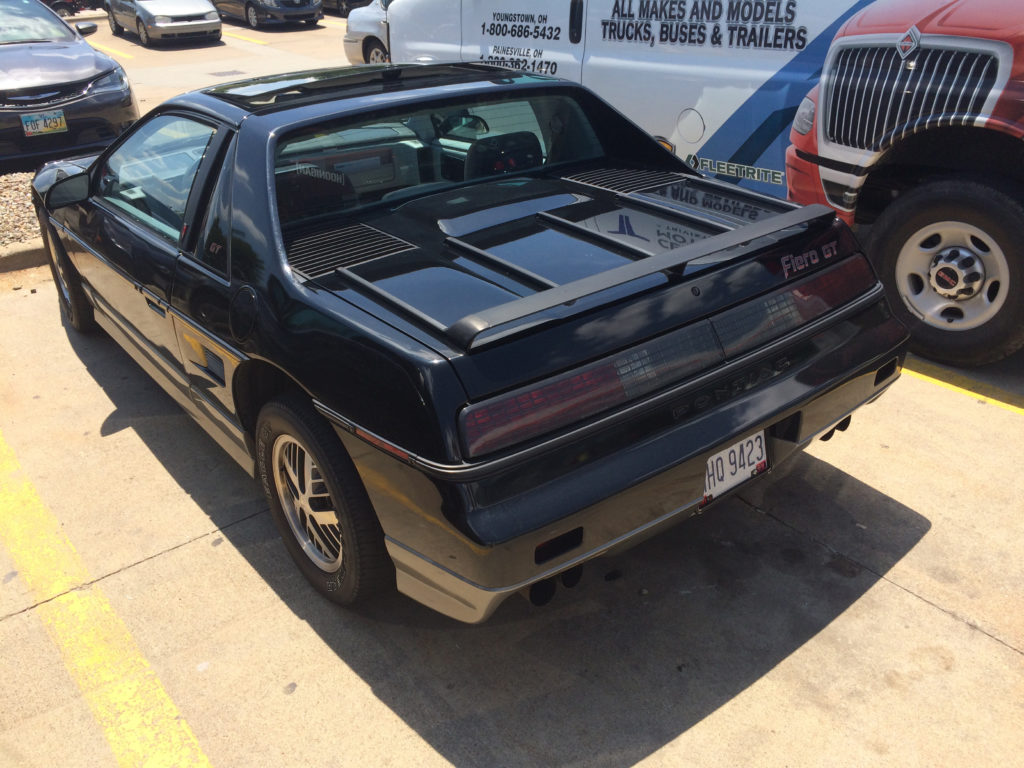
GT models came standard with the WS6 suspension and a 2.8 V6 that made about 140 horsepower—good, but not great for a car weighing around 2,700 pounds.
Swisher also dispelled the false rumor that Fieros have a Lotus-derived suspension.
What the Fiero did use, he says, was some good, old-fashioned GM parts-bin ingenuity.
It had a modified front Chevette Suspension and modified rear subframe from a Pontiac 6000 sedan.
Both were bolted to a space frame that held it all together. The body is made of the same combination of molded composite and urethane body parts as a Corvette of the similar vintage.
Sadly, GM killed-off the Fiero in 1988—a mere four years after its launch, and just as the mid-engined Pontiac was getting refined into a capable performance car.
Today, it’s tough to look at the Fiero and not wonder “What could’ve been….”
But at the very least, we can look and say “We’re glad it was.”

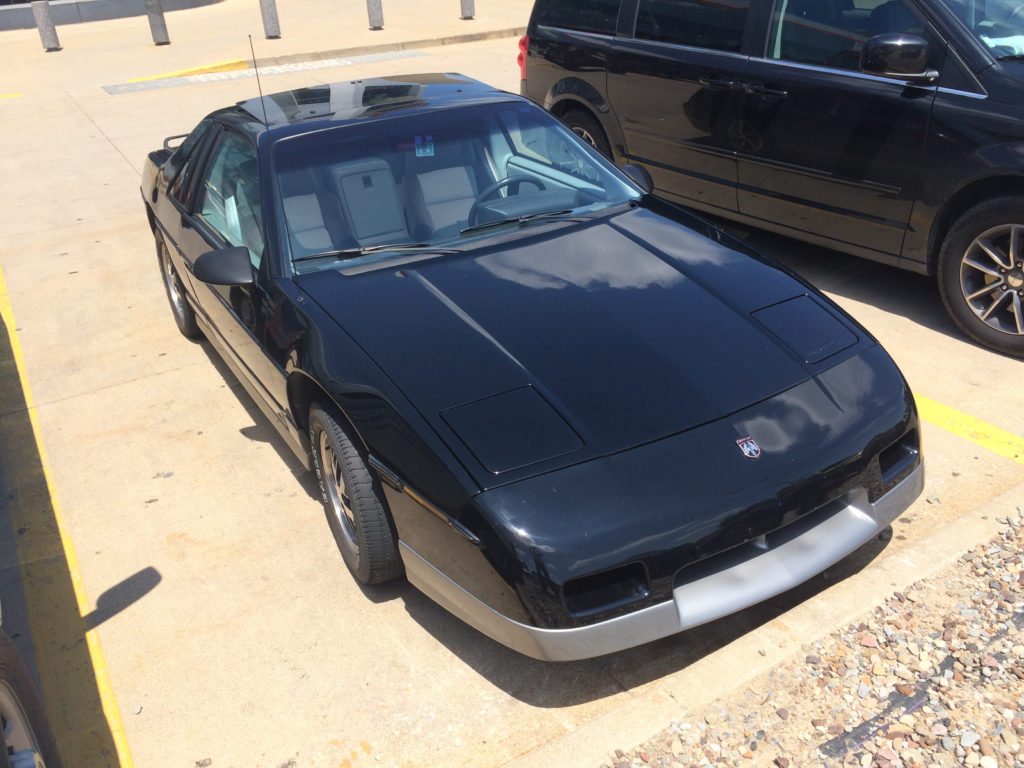
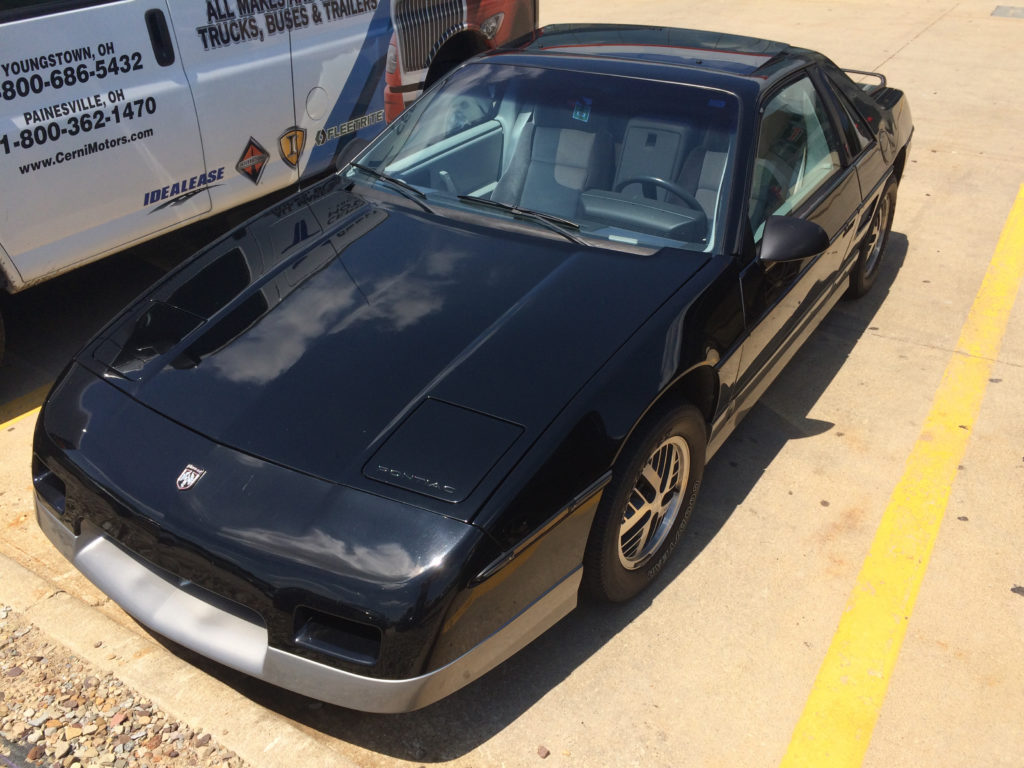
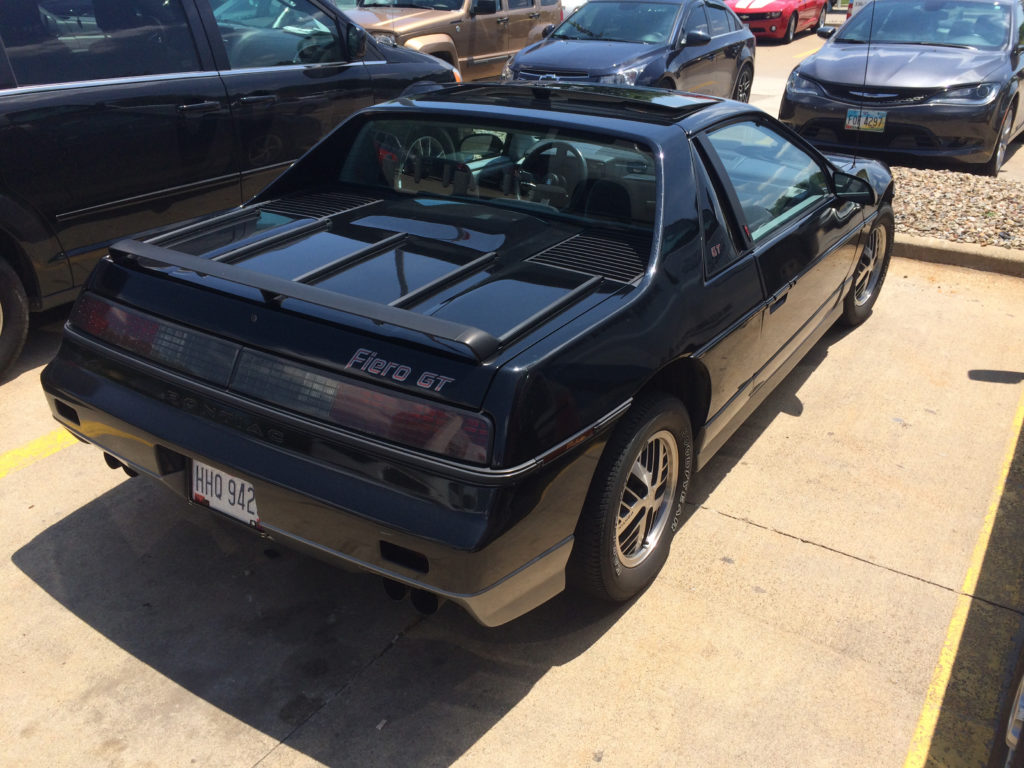
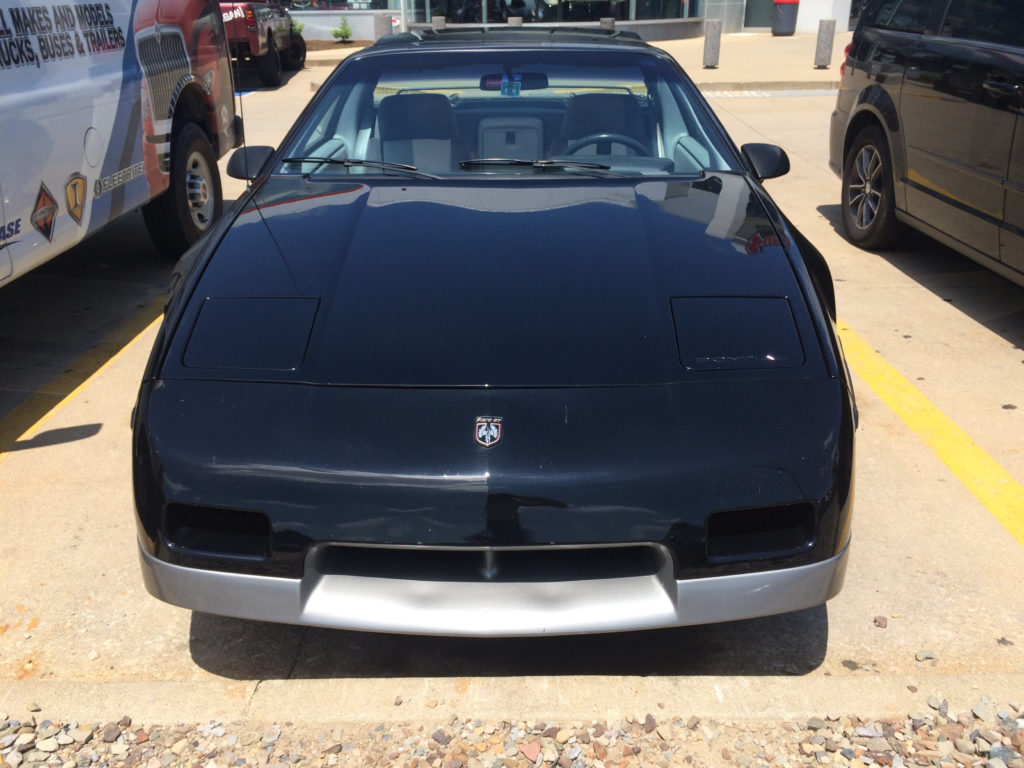
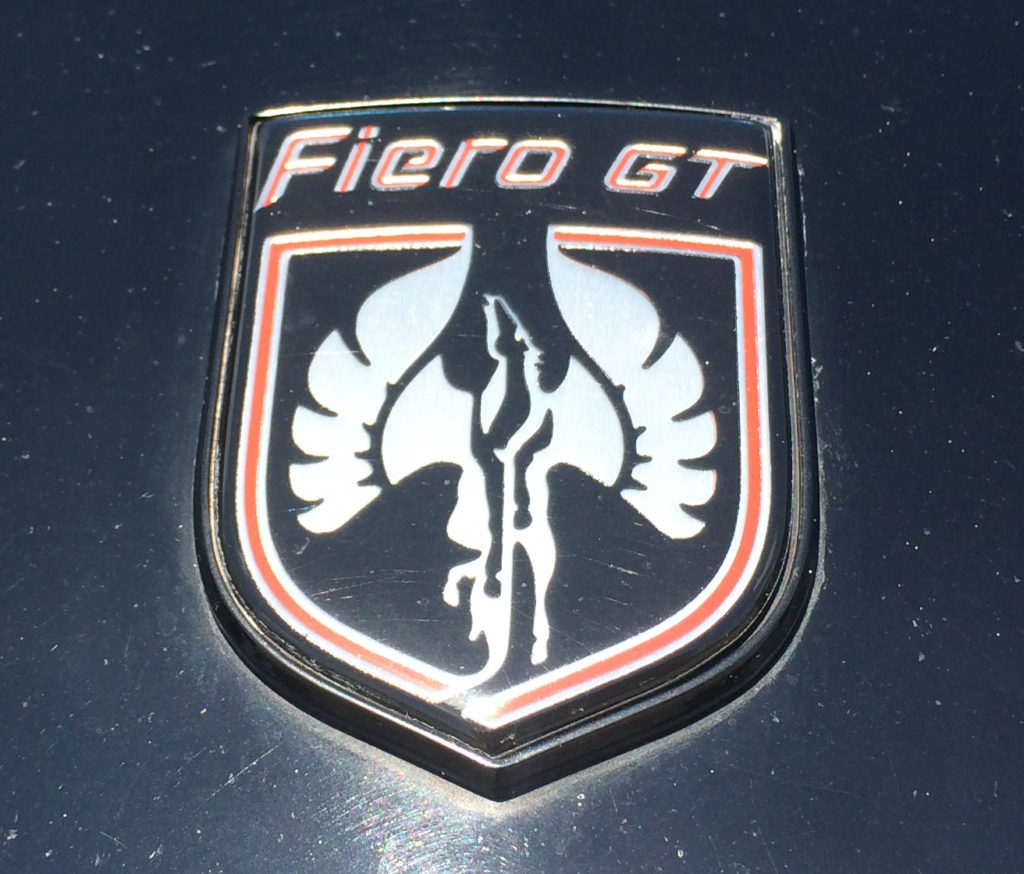
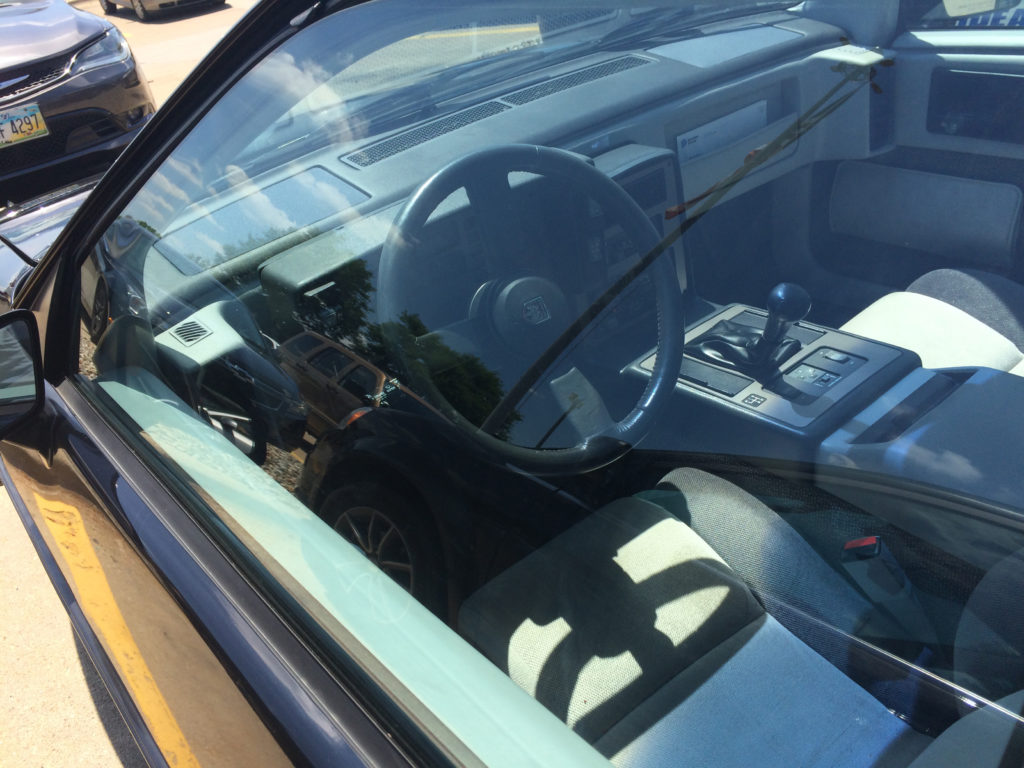
I remember a customer bringing one of these cars into the Pontiac Dealership I worked at. I was handed the repair order, and asked to put it back together. There was a rebuilt engine and a used manual transaxle sitting on a pallet at one end of the shop, and this shell of a car in the parking lot. There was a great big box filled with nuts, bolts, brackets, and pieces/parts sitting in the passenger seat. Several days and a lot of bad language later it was done. I’m not a small man, 6’2″ and around 230. So the shop erupted in laughter at the sight of me getting in and out of that car.
The ’88 had a different(better)suspension from the earlier Fieros. Rumor was that it was designed by Lotus.
The 1988 did have a better suspension but it was designed by GM. In fact they were very proud of the suspension they designed for the car. It was what they intended from the start but never had the budget.
As for the Lotus deal that was false. Never was never happened.
What is interesting is Doug Goad of Pontiac stated that they were proud of the GM design but they did use Porsche Engineering as a consultant on the adjustments for Turn In and on center feel of the suspension.
It also was to incorporate the Electronic Power Steering but it was never put into production since the car was canceled. A few units came out on some GM test cars and are seen at rare events.
The electric power steering was used later used on the Olds Aurora and Saturn. Now it is on many new cars.
Does the 85 have points
No
the belief that GM was afraid the Fiero would damage Corvette sales is given legs by V8 Archie — a GM V8 will drop drop right into the Fiero with little modification, mostly a stronger clutch plate. some people say that if the Fiero had been equipped with the V8 out of the door, maybe no one would have bothered with the Corvette– except that the swap has to be a small block Chevy, the Corvette LS1 is possible but requires *alot* of modification. (I’m getting that from the old V8 Archie site, which had a build just like that). I like to call the new midengine Corvette the 2020 Fiero.
[…] of the 1970s better than its V8s? Perhaps an overhead camshaft engine could’ve turned the Fiero into the Ferrari fighter it should’ve […]